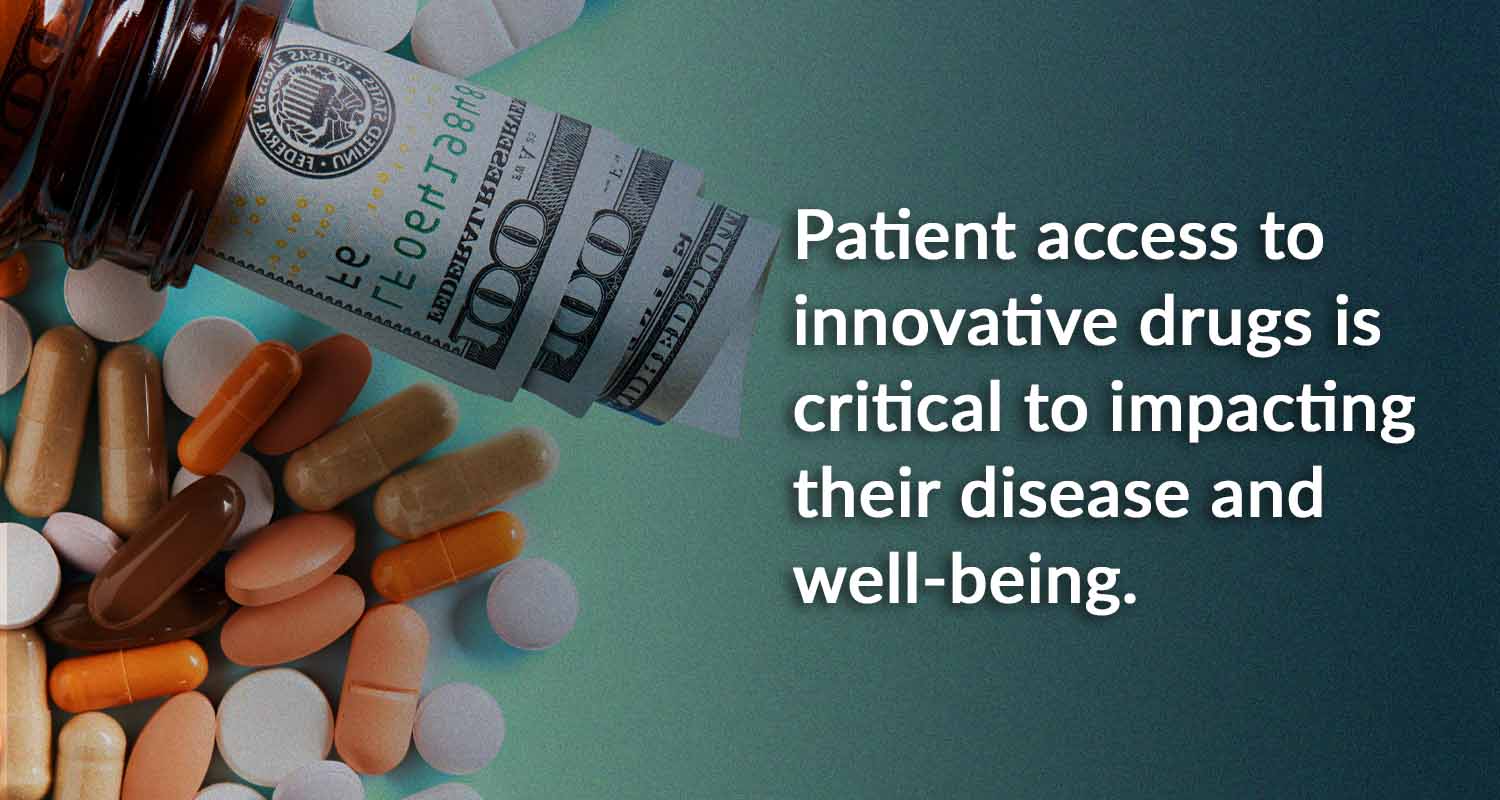What does the Senate’s new drug pricing legislation mean to clinical stage emerging biotechs? Here is a synopsis of the key changes to drug pricing by year, a Q & A about the legislation, implications to clinical stage emerging biotech’s and “my take” on it all.
Note, the details of the legislation are scant right now so I’ll post an update in 30-60 days as more detail emerges.
Implementation Dates
Below are some (not all) of the provisions of the just passed Senate bill by year of implementation.
- 2023: Companies will be taxed for annual price increases greater than the inflation rate, (begins Oct 1, 2022). Note, this applies only to drugs used for Medicare patients and does NOT apply to private health insurance.
- 2024: Eliminates 5% co-insurance for Medicare Part D catastrophic coverage
- 2025: Caps annual out-of-pocket Part D costs at $2,000 per year.
- 2026: Medicare sets price on 10 Part D drugs.
- 2027: Medicare sets price on another 15 Part D drugs.
- 2028: Medicare sets price on another 15 Part D drugs and 15 Part B drugs.
- 2029: Medicare sets price on another 20 Part D & Part B drugs.
Q&A
- Will patients see any drug price savings before 2025? Effectively none what so ever and the 2025 savings are only on Medicare Part-D, (e.g., not private pay for <65y.o.). The new legislation does not require firms to offer negotiated prices to private payors.
- In 2025, how will the reduction in the “donut-hole” cap of approximately $7,050 per year to $2,000 in Medicare Part D be paid for? Answer to this still pending and I will provide in ~30-60 days with other updates as more of the bills details emerge.
- What is earliest time we will see any reduction in expensive IV cancer, specialty, or rare disease drug prices? 2028
- How many new drugs won’t come to market due to impacts of this legislation? The CBO estimates 15 which is not believable. The real impact will be at the venture capital and biopharma company budget level and risk tolerance will surely change – and dampen investment.
- What benefits can people less than 65 expect? Effectively nothing. The current form of the bill allows for larger price increases for private insurance patients so their drug prices could in fact increase.
Implications to Clinical Stage Emerging Biotech’s:
- API no more than 4%: If your revenue assumptions use an annual price increase greater than 4%, you should reduce it to 3-4% unless the target audience is primarily a <65 year old population. This “schism” between Medicare and private pay annual price increases will force companies to revise pricing strategy and also force precise metrics to understand how much drug is used in these two different patient populations with two different payors (e.g. Medicare and private pay).
- Higher launch price: With potential for less revenue in the out years of the drugs lifecycle, companies will seek higher launch prices to get more value out of the early years.
- Currently in pivotal trial: If your lead agent is currently in its pivotal trial, you should engage Market Access & Pricing Reimbursement experts – I can get you started on that and a broader view of commercialization, email me at russ@bridge1.net.
My Take:
Increasing patient access to innovative drugs is critical to impacting their disease and well-being. Many lifesaving drugs are not taken because the cost to the patient is too expensive. While a $2,000 annual cap in Medicare Part D is a step forward, it does not apply to those with private insurance and under 65 years of age.
The new inflation measure that begins in 2023 will likely push companies to launch with higher than otherwise expected prices to get the most value out of the asset until it hits expiry of Medicare price control.
If the bill’s provisions push BioPharma companies to increase R&D budgets to develop novel drugs in diseases with high unmet needs rather than developing the 15th PD-1 inhibitor, I think most people (including me) think that is a good thing.
Finally, implementing the provisions of the new legislation will take a massive amount of regulatory input and “rule writing” and you can expect BioPharma to make every effort to influence that outcome. So, how exactly today’s new legislation is enacted in 2025-29 is yet to be determined. Stay tuned!
One More Thing
For additional insight about the Medicare pricing changes, read Rachel Sachs’ outstanding piece Understanding The Democrats’ Drug Pricing Package, featured in the August 8 issue of Endpoints News.
